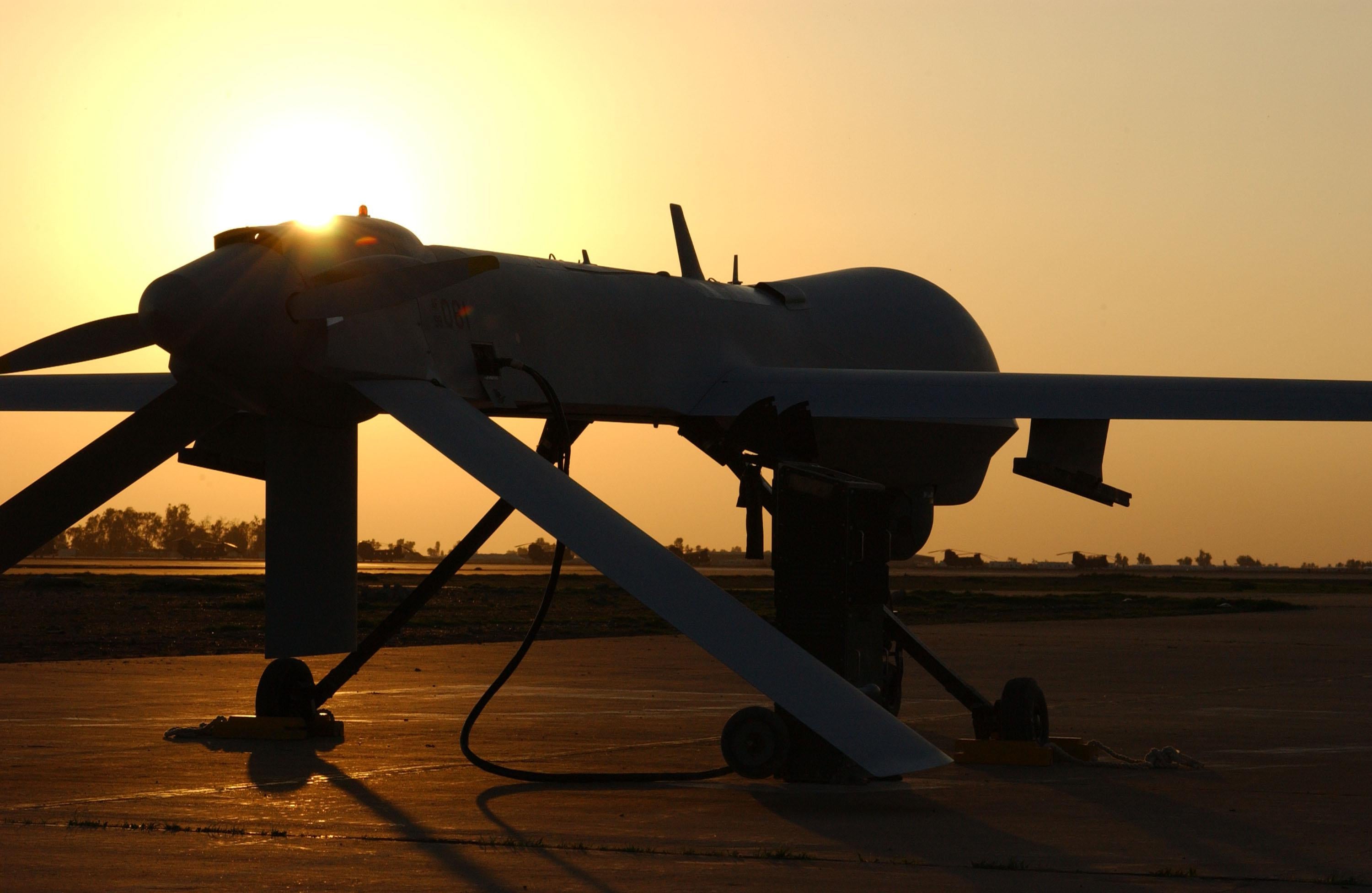The rise of drone warfare makes people very uneasy for different reasons—some very good and some not-so-good. Among the latter: Despite their reputation as indiscriminate killing machines, and even using the most damning numbers, drones kill civilians at much lower rates than other forms of warfare, particularly other forms of aerial bombing. (And these numbers seem now to be getting lower from year to year.) I don’t mean to be glib about this or suggest that civilian deaths from drone strikes are perfectly acceptable, but those who criticize drones for killing too many civilians really have a problem with war itself rather than the particular weapon used.
Michael Lewis of Ohio Northern University and Emily Crawford of the University of Sydney take this argument one step farther, arguing that the international legal norm against targeting civilians has actually encouraged the increased use of drones. They note that international norms encouraging nations at war to distinguish between combatants and civilians emerged just prior to an era when asymmetric warfare between state and non-state groups became the dominant form of conflict around the world. This, in turn, encouraged insurgent groups to operate within areas heavily populated by civilians. For militaries hoping to avoid large numbers of civilian casualties, such a strategy can counteract their superior firepower.
States can respond to this strategy either by ignoring international law and going ahead with bombardments of civilian areas—as Sri Lanka did in its war against the Tamil Tigers or as Bashar al-Assad’s military has done in the current war—or by relying on improved technology in an effort to comply with humanitarian norms. They write:
[C]ontinuing criticisms of excessive civilian casualties caused by conventional airstrikes and night raids by special forces in both Afghanistan and Pakistan put pressure on the United States to seek alternatives. Armed drones offered the advantage of smaller weapons and greater command control over firing decisions. Drones employed Hellfire missiles (which were originally designed for use on helicopters) that weigh one hundred pounds with a warhead of approximately thirty-five pounds. That is one-twentieth the size of a standard laser guided bomb or cruise missile and less than half the size of the smallest precision ordnance dropped from conventional aircraft
In addition to delivering smaller weapons, drones also provided commanders and their legal advisers with a much greater ability to assess the status of the target using a “pattern of life analysis” before conducting any attacks. It also allowed for a real-time legal assessment of firing decisions that special forces and conventional aircraft could not offer.
I don’t entirely buy that this was the primary, or even one of the primary motivators in the increased use of drones. I think the fact that they provide a logistically and politically convenient way for the U.S. to target militants in countries like Pakistan, Yemen, and Somalia where it is not technically at war was probably a bigger selling point.
Lewis and Crawford also may be giving U.S. policymakers too much credit for attempting to avoid civilian casualties. According to a New York Times report last year, the Obama administration has embraced a strategy for determining “militant” vs. “civilian” casualties that “counts all military-age males in a strike zone as combatants … unless there is explicit intelligence posthumously proving them innocent.”
Even if reducing civilian casualties is a welcome side effect of drone warfare, the authors note that it opens up a whole new civilians vs. combatants dilemma in the form of the drone operators. Are CIA drone pilots combatants in the traditional sense, and if not, are they subject to prosecutions in foreign courts like those faced by the officers involved in rendition?
Applying law to warfare is a tricky practice in even the simplest circumstances. Drones raise a set of questions we’ve only begun to grapple with.
